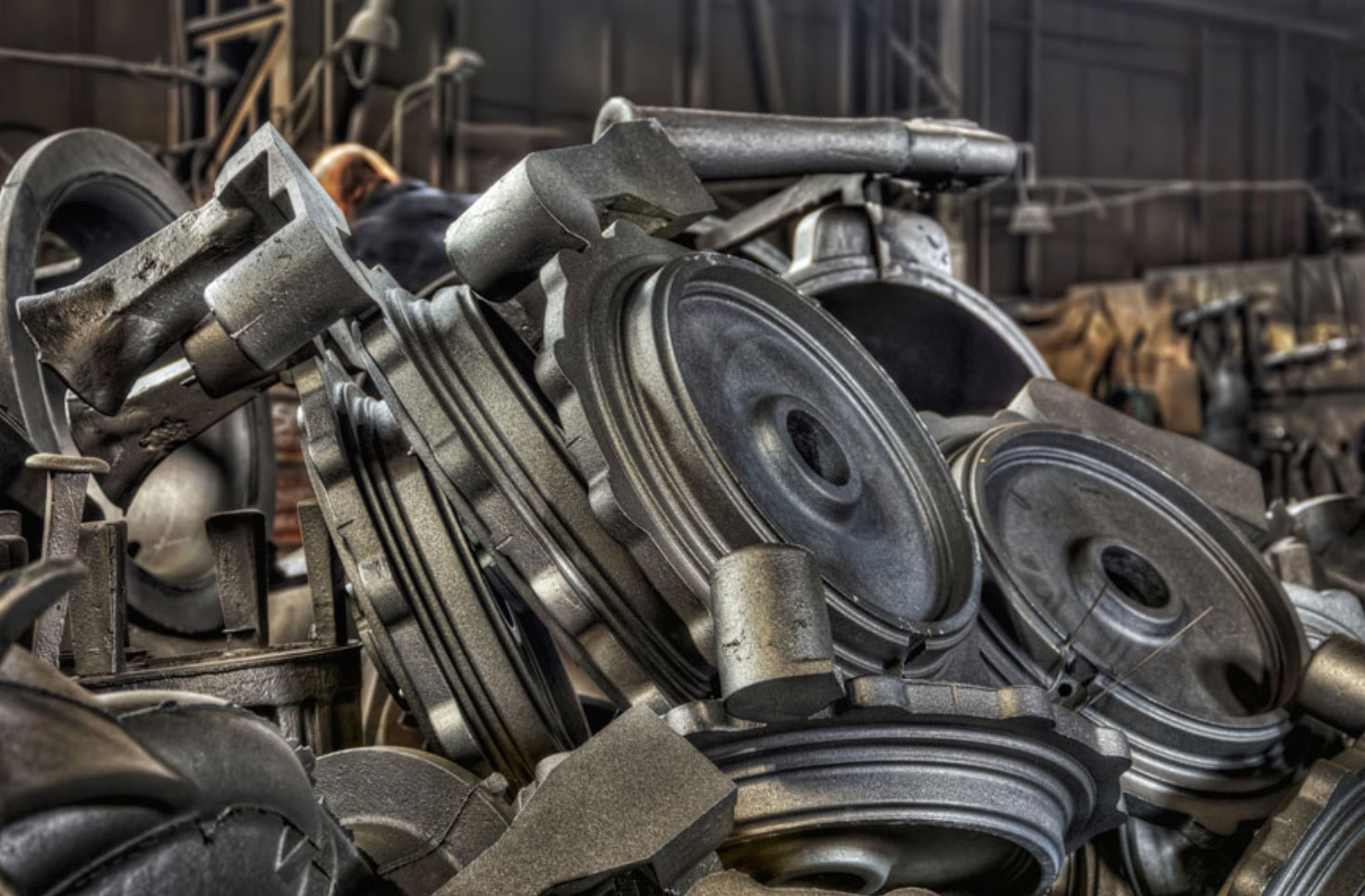The ductile iron casting process, like many industrial manufacturing processes, can have significant environmental impacts. However, the industry is increasingly adopting sustainable practices to mitigate these effects. Here’s an overview of the environmental impact and the sustainable practices being implemented:

Environmental Impact
- Energy Consumption: The melting process in ductile iron casting is energy-intensive, contributing to high levels of energy use.
- Greenhouse Gas Emissions: Furnaces and other equipment release carbon dioxide and other greenhouse gases, contributing to climate change.
- Air Pollution: The process can emit particulate matter, sulfur oxides, nitrogen oxides, and volatile organic compounds, impacting air quality.
- Waste Production: Sand molds, slag, and other waste materials can create significant waste disposal challenges.
- Water Usage and Pollution: The use of water in cooling and other processes, and the potential for contaminating water sources, is a concern.
- Resource Depletion: The use of non-renewable raw materials, including some alloying elements, can contribute to resource depletion.
Sustainable Practices
- Energy Efficiency Improvements: Adopting more energy-efficient furnace technologies and improving insulation in furnaces to reduce energy consumption.
- Emissions Control Technologies: Installing scrubbers, filters, and other emission control systems to minimize air pollution.
- Recycling and Waste Reduction:
- Mold Sand Reclamation: Reusing sand molds or recycling them to reduce waste.
- Metal Scrap Recycling: Using recycled metal scrap in the foundry process.
- Use of Alternative Energy Sources: Incorporating renewable energy sources, like solar or wind power, for operations to reduce reliance on fossil fuels.
- Improved Process Control: Using computer-controlled systems to optimize production processes, reducing waste and emissions.
- Water Management: Implementing closed-loop systems for water cooling to minimize water usage and prevent pollution.
- Eco-friendly Materials: Researching and using less harmful binders and coatings in mold and core production to reduce toxic emissions.
- Carbon Footprint Assessment: Regularly assessing and monitoring the carbon footprint to identify areas for improvement.
- Employee Training and Awareness: Educating employees about sustainable practices and encouraging their adoption in daily operations.
- Collaboration with Regulatory Bodies: Working with environmental regulatory agencies to ensure compliance with environmental standards and to adopt best practices.
- Life Cycle Analysis (LCA): Conducting LCAs to understand and reduce the environmental impact throughout the product’s life cycle.
- Sustainable Supply Chain Management: Collaborating with suppliers to ensure that raw materials are sourced sustainably.
By integrating these sustainable practices, the ductile iron casting industry is working towards reducing its environmental footprint while still maintaining production efficiency and product quality. Ongoing research and development in this area promise further improvements in sustainability in the future.
Pages: 1 2
